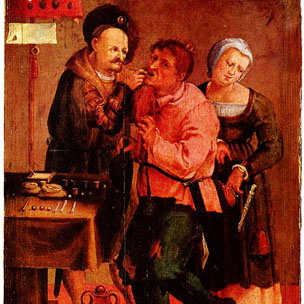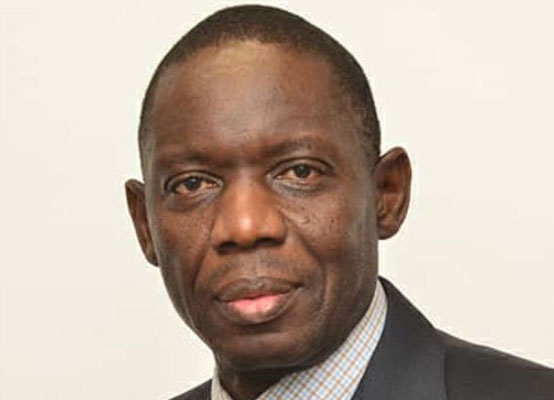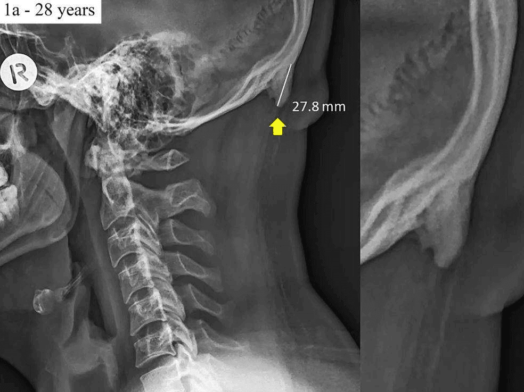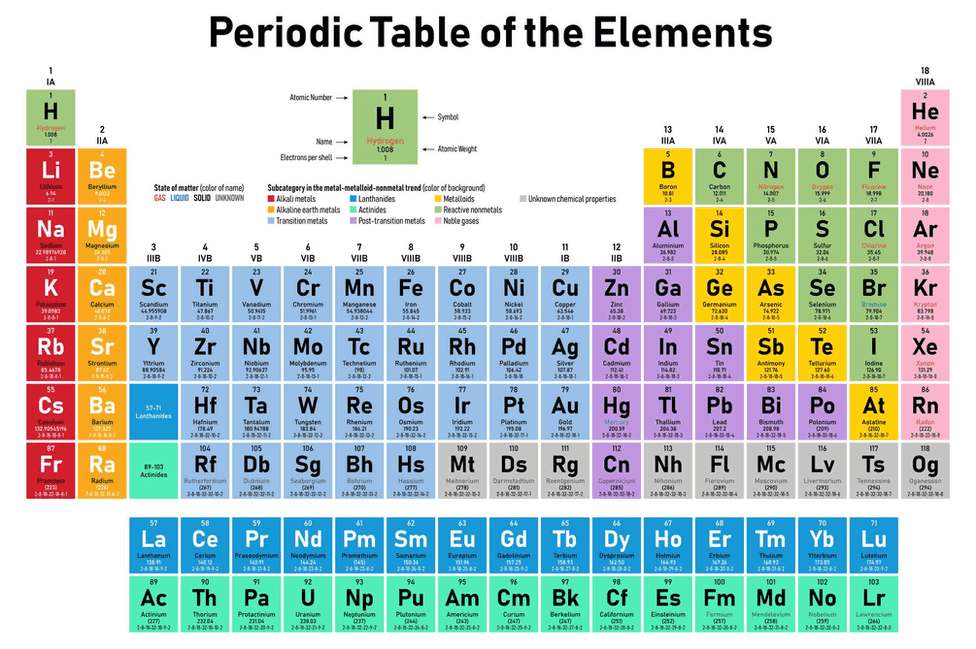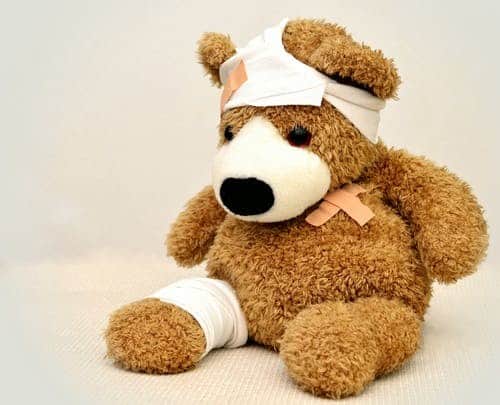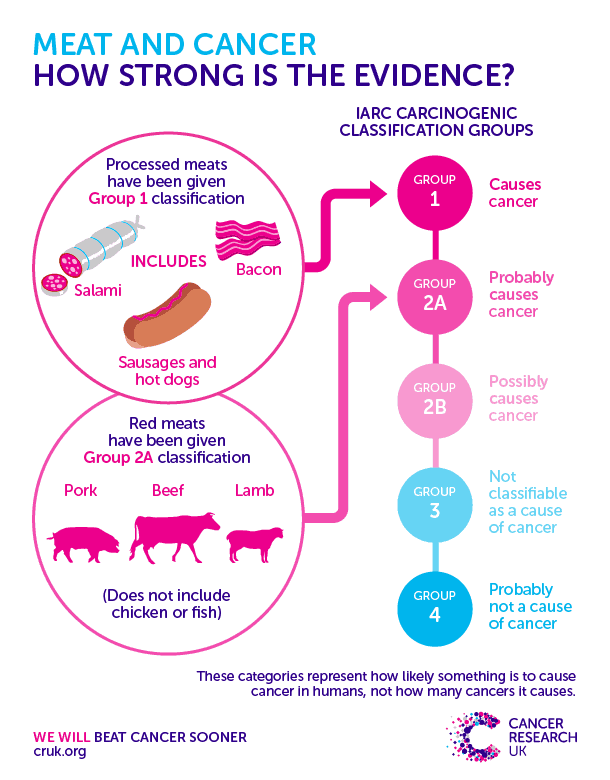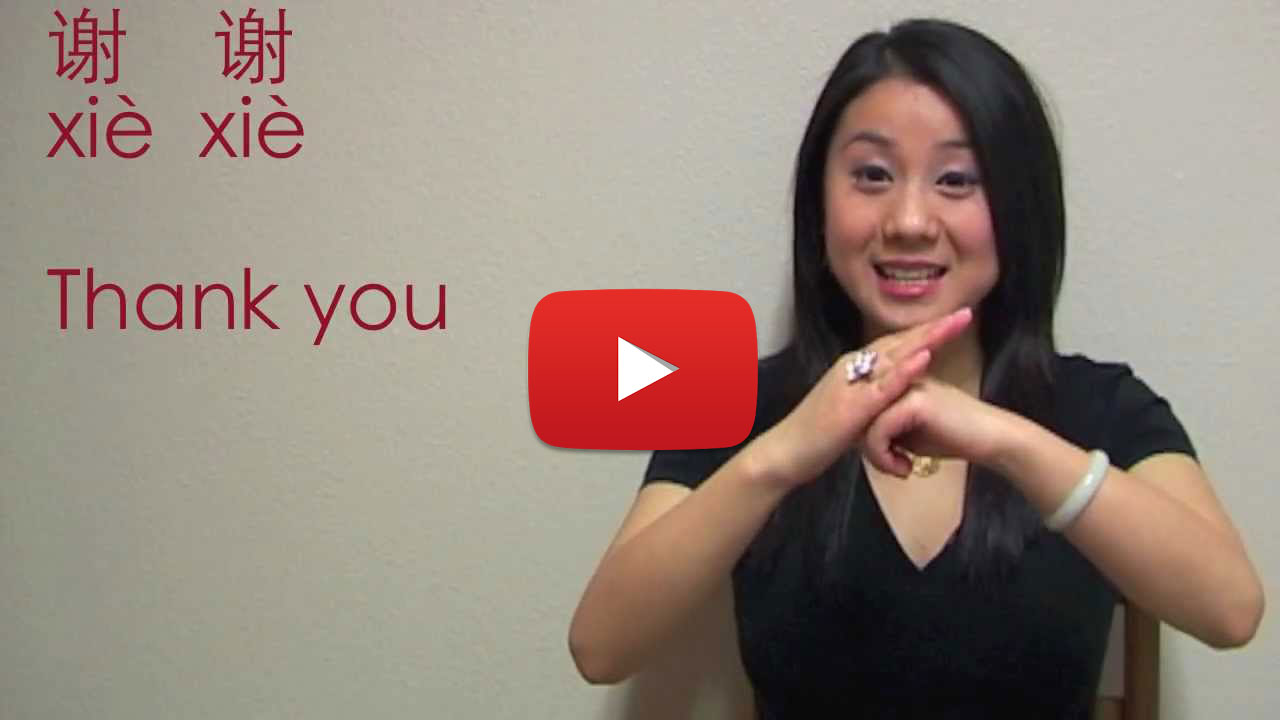Hyperinflation happens when the government of a country tries to make more money by simply printing more cash. On the surface, this might seem sensible, except that when there are no actual goods and services to back up the increase in money being pumped into the economy, the money is worth less and less.
In May of 2016 the Zimbabwe government announced its intention to reinstate the use of the Zimbabwe dollar, prompting fears of a return to the bad days of hyperinflation.
For example, let’s imagine you have one chicken you can sell for $1.00. The government prints more dollar bills, so now the people who want to buy your chicken might have thousands of dollars in their pockets. However, they are all trying to buy the same chicken. They might pay $10,000 for the chicken!
This is what happened in Zimbabwe, where they printed so much money that a chicken would be worth hundreds of trillions of Zimbabwe dollars. They finally stopped hyperinflation in 2009 by getting rid of the Zimbabwe dollar and accepting foreign currency, such as the US dollar.
In May of 2016 the Zimbabwe government announced its intention to reinstate the use of the Zimbabwe dollar, prompting fears of a return to the bad days of hyperinflation.
Read more about it in The Economist Article “Who wants to be a trillionaire?”. You can also watch the Marginal Revolution University video “Hyperinflation in Zimbabwe!”


